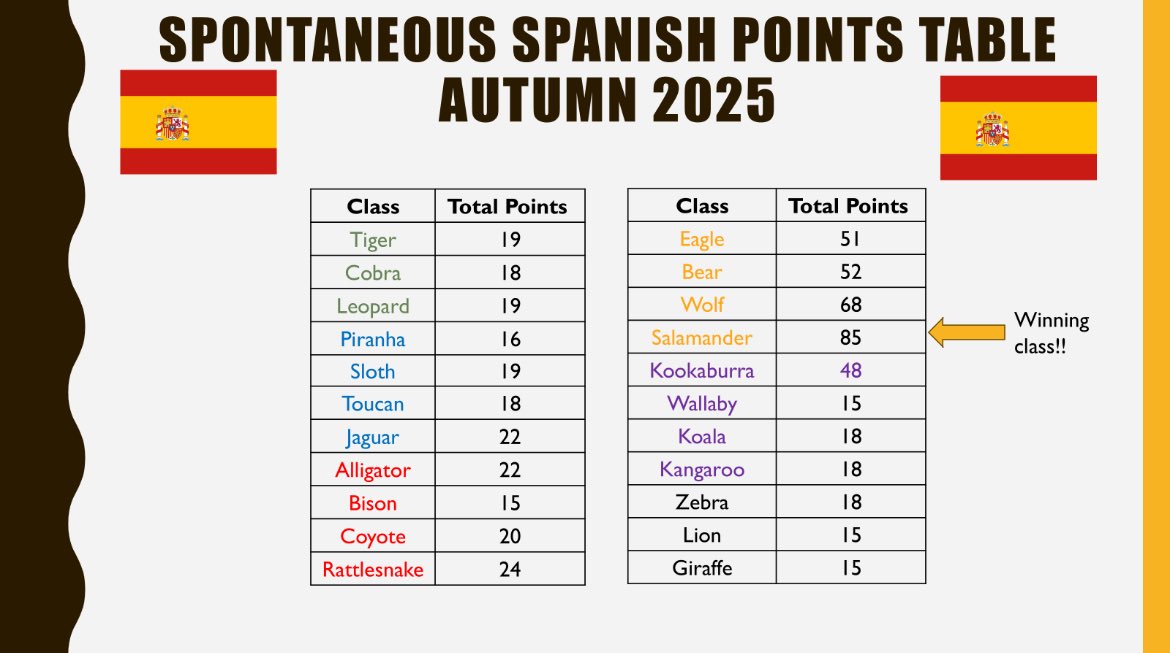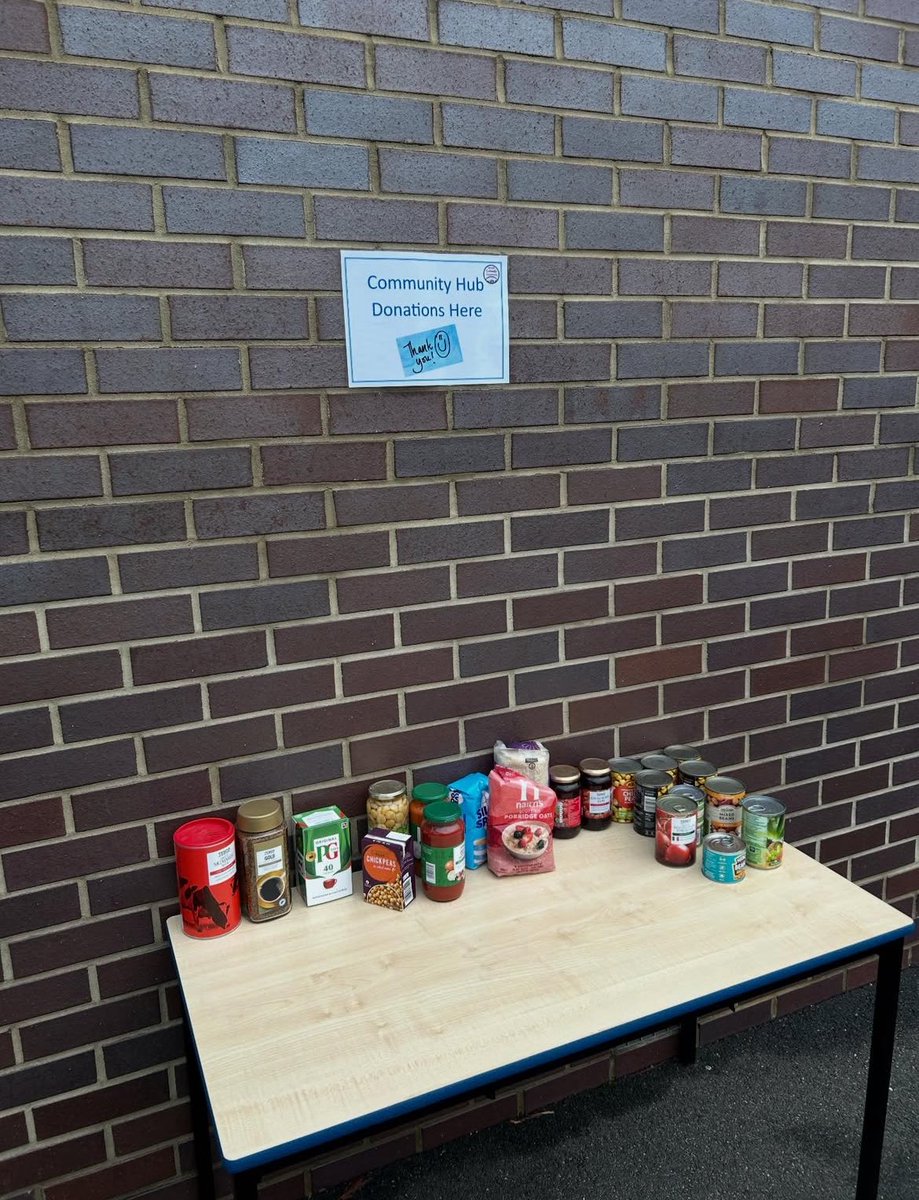Computing
At Harris Primary Academy South Kenton, the Computing Curriculum is designed to empower students with the technical expertise, critical thinking skills, and creativity needed to thrive in the digital world. With a clear focus on developing digital literacy, information technology knowledge, and computer science skills, the curriculum covers an impressive range of concepts and technologies that progressively build on each other from Early Years Foundation Stage through Year 6.
Key Components of the Curriculum
Computer Science forms the core technical design element of the curriculum, where students learn to solve real-world problems by designing new software, coding, and developing systems to utilise technology innovatively. From early exposure to simple programming concepts in Year 1, where students engage with robots and basic animation, to more complex activities like physical computing and game programming in Year 5 and 6, the curriculum builds a strong foundation in computational thinking.
Information Technology focuses on technical knowledge, teaching students to understand and use hardware, software, and electronic systems. Students explore how technology can be harnessed for data storage, manipulation, and communication, such as through working with databases, spreadsheets, and digital media creation tools. This learning journey is supported through exciting activities, including digital photography, 3D modelling, and web page creation.
Digital Literacy equips students with essential skills to navigate, evaluate, and communicate in the digital world. Students learn to interact with a variety of digital tools, ensuring they can communicate ideas effectively using apps and digital media. This includes creating digital artwork, publishing content, and connecting with others in an increasingly interconnected world.
Disciplinary Concepts
The curriculum is centred around four disciplinary concepts that underpin each activity:
- Code: Students learn the intricacies of writing and using code to produce instructions, solve problems, and test solutions. This concept is integrated throughout the programming units.
- Connect: Understanding how to connect digitally with others is a key theme, encouraging students to use digital platforms and tools responsibly.
- Communicate: Students are taught to use digital media effectively, honing their ability to communicate and present information through various apps and tools.
- Collect: Critical data skills are fostered, with students learning to find, evaluate, and organise data, whether through branching databases in Year 3 or spreadsheets in Year 6.
Progression Through the Curriculum
The curriculum is carefully sequenced to ensure continuity and progression. In the early years, students are introduced to technology through hands-on and interactive tasks, building their familiarity and confidence. By Key Stage 1, students are introduced to programming, basic digital content creation, and grouping data. As students progress into Key Stage 2, they expand their capabilities in programming (including repetition, variables, and physical computing), multimedia creation (including video editing and 3D modelling), and data handling.
Each term's topics are designed to stimulate curiosity and encourage problem-solving, with students using tools and technologies that mirror the real world, preparing them for the demands of future education and employment.
|
Year 1 |
Year 2 |
Year 3 |
|
Computer systems: parts if a computer Multimedia: digital paint Coding: algorithms and sequences Data: grouping and recording Publishing: digital writing and typing skills. Coding: using Scratch Junior coding program |
Computer systems: parts if a computer & saving documents. Multimedia: digital photography Coding: algorithms and sequences Data: grouping and recording using tallies and pictograms Publishing: digital writing and publishing Coding: robot algorithms |
Computer systems: computer networks Multimedia: digital animations Coding: Scratch project Data: branching online database Publishing: desktop publishing Coding: coding a maze game. |
|
Year 4: |
Year 5: |
Year 6: |
|
Computer systems: network devices and the internet Multimedia: compose digital music Coding: algorithms and sequences with loops Data: data loggers and analysis Publishing: photo editing Coding: repetition in games |
Computer systems: search tools and web crawlers Multimedia: digital video editing Coding: coding micro bits Data: compare paper and computer-based databases Publishing: vector graphics Coding: using variables in coding program |
Computer systems: web addresses and data transfer Multimedia: website design Coding: design a game using multiple variables Data: use and apply formula in data spreadsheets Publishing: 3D modelling Coding: using code to run a device |
E-Safety
E-safety lessons at Harris Primary Academy South Kenton are designed to equip pupils with the essential digital literacy and online safety skills required to navigate the increasingly interconnected world. The curriculum is structured to be age-appropriate, engaging, and centred on key concepts such as privacy and security, online relationships, and digital reputation. The academy adopts the Project Evolve E-safety Curriculum, ensuring that the lessons are aligned with best practices in digital education.
Pupils from Reception to Year 6 progressively build their understanding of digital safety. In Year 1, students are introduced to online relationships and the importance of safeguarding personal interactions in the virtual space. They also learn about managing online reputations and how to protect their digital identity.
By Year 2, the focus extends to privacy and security, helping students understand the value of personal data and how to safeguard it. They are also introduced to copyright and ownership, ensuring they respect and acknowledge the rights of digital creators.
As students progress into Year 3, they delve deeper into topics like self-image and identity, recognising the significance of portraying themselves safely and responsibly online. In Year 4, the emphasis shifts to online bullying, teaching pupils how to identify and manage harmful behaviours in digital spaces.
By Year 5 and 6, the curriculum takes on a more advanced tone, with repeated focus on privacy and security, reinforcing the importance of data protection. They also revisit copyright and ownership, ensuring a deeper comprehension of intellectual property in the digital realm.























